Flat glass lamination presents various challenges, one of which is achieving the right temperature for the interlayer to ensure high-quality laminated glass without unnecessary waste. Despite many other great technological innovations, measuring the interlayer temperature is still not possible. In this blog post, we delve into the solutions for this issue and explore the prediction method as a true breakthrough.
In flat glass lamination, glass sandwiches are conveyed through a laminating line in a continuous flow. The key to achieving superior glass lamination quality lies in ensuring proper adhesion between interlayer and glass. To achieve this, it is critical to heat the interlayer to a specified temperature before the sandwich enters a nip roll.
The challenge of measuring interlayer temperature
Unfortunately, existing technology does not allow for direct measurement of the interlayer temperature. Therefore, the efficacy of the heating process is primarily assessed by examining the appearance of the glass after the nip roll or by measuring the surface temperature of the sandwich. For this, a pyrometer located between the oven and the nip roll is used.
Often, the first recipe leading to a successful result becomes standard. However, this recipe might in fact heat the sandwich more than necessary, which leads to higher electricity bills and longer processing time.
In addition, the more layers there are and the thicker the sandwich, the more challenging it is to heat it to the right temperature. Different types of interlayers add to the complexity, making standard recipes unsuitable.
A single wasted multi-interlayer sandwich can easily cost up to 500 euros – a significant waste of resources.
Prediction method solves the issue
To secure the optimal process parameters for heating, a theoretical calculation method can be used. This is what we call a prediction method. This method, first presented at the GPD Conference 2017, utilizes a thickness-based temperature profile of the glass sandwich that predicts whether the interlayer will reach the required temperature before the sandwich enters the oven.
However, for the prediction method to be reliable and accurate, the process conditions must be verified with experimental tests.
Unlocking savings opportunities
The prediction method empowers operators to determine interlayer temperature and thus achieve the best laminated glass quality and considerable cost savings. By leveraging this knowledge to automate the process, even more benefits can be realized. These include reducing glass waste, CO2 emissions, electricity bills and even time spent controlling the oven.
See the presentation given at GPD 2023 below for more information on the prediction method. This presentation explains the idea behind the method, compares predicted results against the data from the laboratory tests and discusses how the method can facilitate machine automation and operations with new lamination films.
Mikko Rantala | Glaston

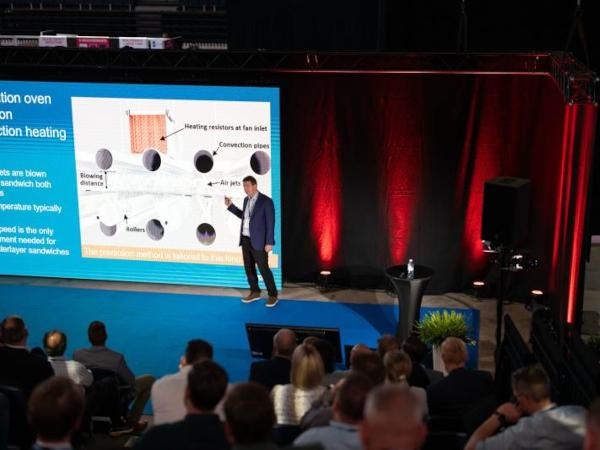



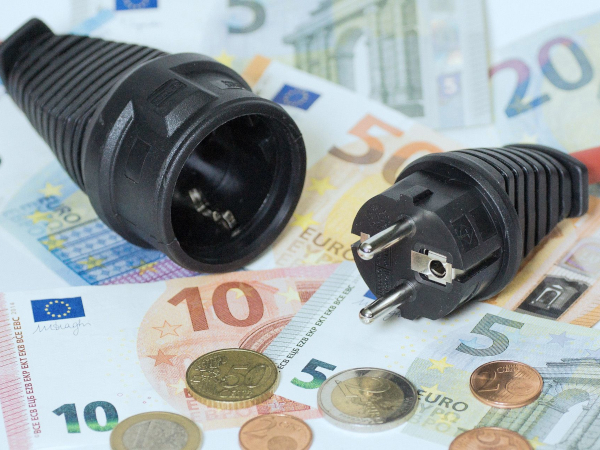



























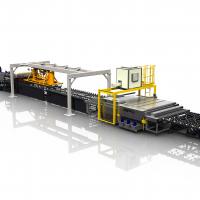

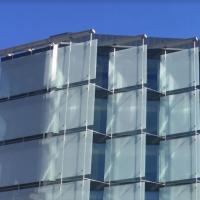
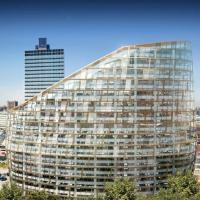

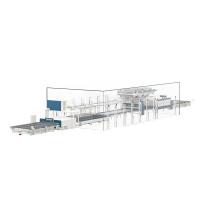
Comments
By leveraging this knowledge to automate the process, even more benefits can be realized. These include reducing glass waste, CO2 emissions, electricity bills and even time spent controlling the oven.